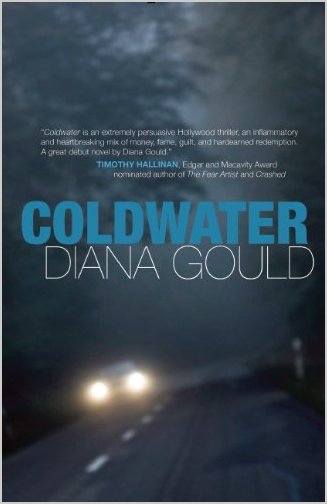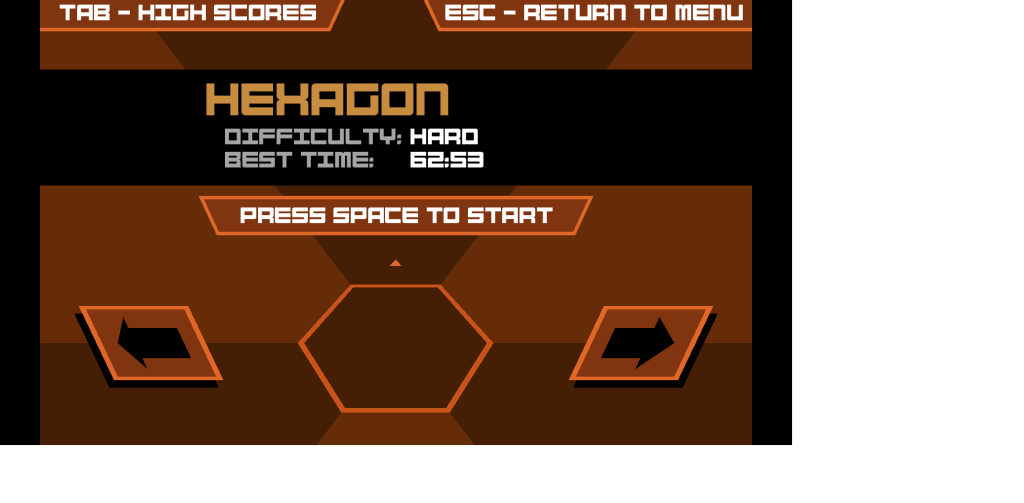My Summer Reading Commitment
Earlier this year I made a personal pledge to set aside more time in my life for reading. I also had a secondary goal: to become a better reader.
I started out by suspending my Audible account. For the past decade most of the fiction I’ve consumed has been through audio books. I’m still keeping the account and intend to use the service in the future, but this year I wanted to spend more time actually reading instead of listening.
After going through the few books I had in my apartment and on my Nook and Kindle, and a couple months of dragging, I searched online through social networking sites and review services to see what was out there. This proved to be a good strategy and I found quite a few indie authors who I wouldn’t have otherwise. It kept up my overall interest in the project.
I also found the books were easier to read electronically. I discovered the larger the font size on the display, the more quickly and accurately I was able to read through a book. I’m still experimenting with this, and my display is quite large now. At any rate, I’m delighted to have increased my overall reading speed.
I’ve decided I’m going to focus the rest of my summer reading time on indie and small press books. I’ve always enjoyed independent works (I used to buy them on Lulu) and 2013 seems to be a good year to come back to it.

